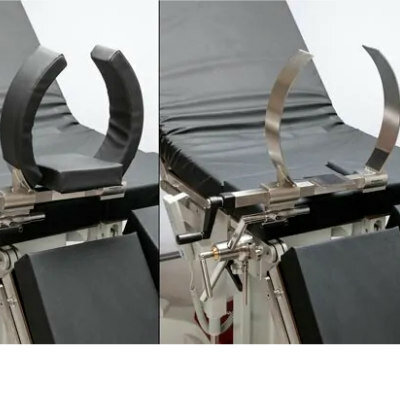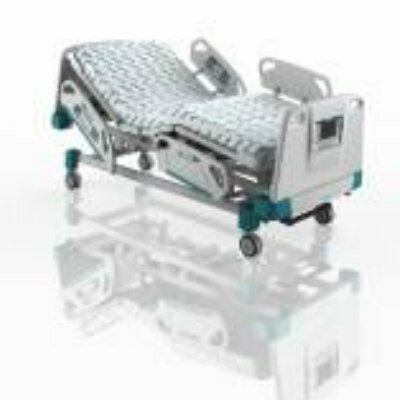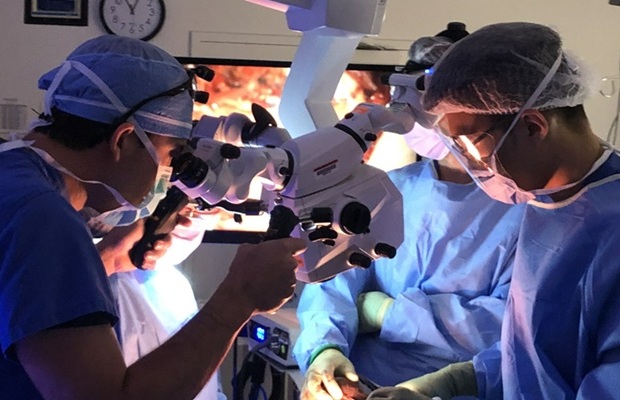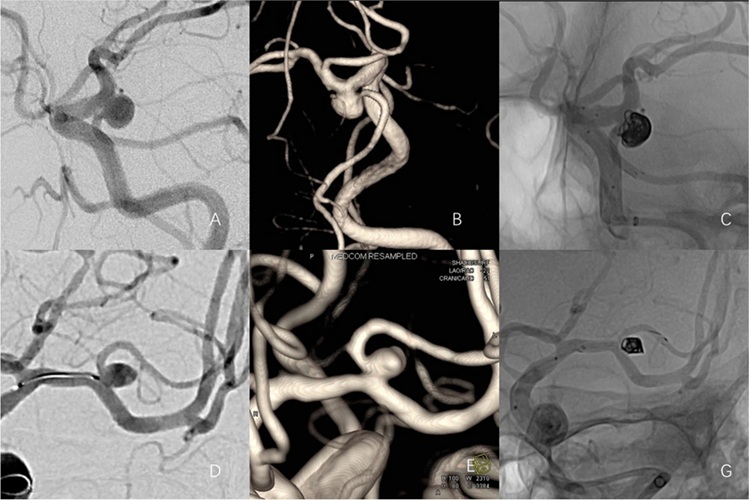Capnography Module Helps Monitor Respiratory CO2 Levels
|
By HospiMedica International staff writers Posted on 29 Sep 2020 |
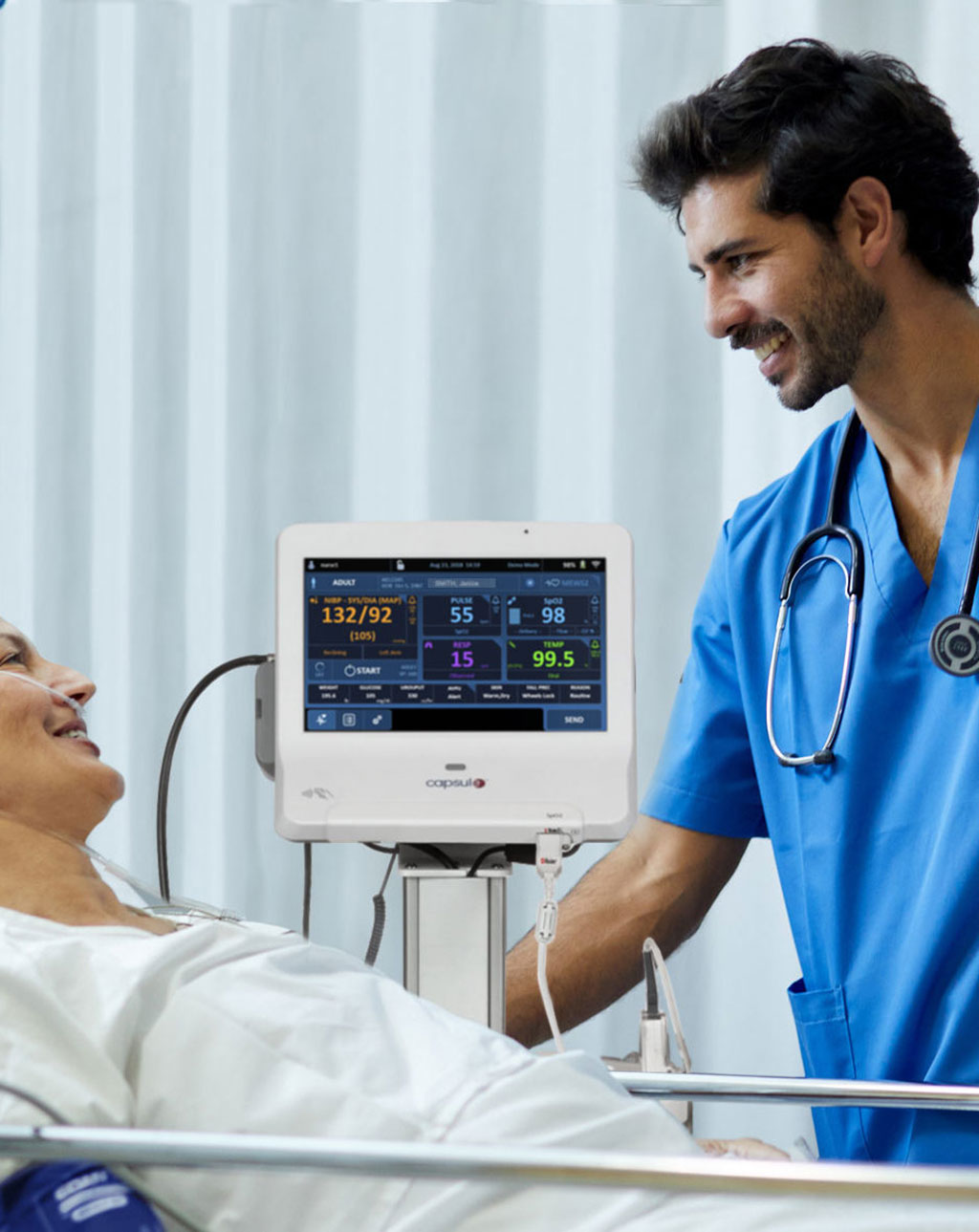
Image: The Capsule Vitals Plus Monitor with the Masimo NomoLine capnography module (Photo courtesy of Capsule Technologies)
An upgrade vital signs monitor now includes a capnography module to identify deteriorating patient conditions, including respiratory depression.
The Capsule Technologies (Andover, MA, USA) Vitals Plus Monitor with the Masimo (Irvine, CA, USA) NomoLine capnography module is designed to measure the concentration of expired carbon dioxide (CO2) in both exhaled air, which provides data about the body's metabolism, perfusion, pulmonary circulation, and cardiac function. The technology can also be used in conjunction with Capsule's Early Warning Scoring System (EWSS) to enable another layer of protection and alerts for caregivers when deterioration is beginning to happen.
The Masimo NomoLine ISA CO2 module measure end-tidal carbon dioxide (EtCO2) and trends, fractional concentration of inspired carbon dioxide (FiCO2), and respiration rate (RR). As no moisture sampling lines are used, extended monitoring is possible in all humidity environments. The patented sidestream design allows water in the sampling line to evaporate into the surrounding air, while leaving Oxygen, CO2, and other gases unaffected, eliminating problems associated with conventional sidestream gas analyzers, including the need for water traps.
The Capsule Vitals Plus monitors a patient and sends the data to the electronic health record (EHR) right from the bedside. When linked with Capsule Surveillance software, Vitals Plus and other medical devices can feed patient information to algorithms that intelligently alert caregivers to important changes in patient status. The Masimo NomoLine capnography module can be shared between multiple monitors, and will also be available as an accessory that can be added to specific Vitals Plus monitors already in hospitals.
“The ability to continuously monitor CO2 levels keeps patients safer by identifying deterioration faster than other methods,” said Hemant Goel, CEO of Capsule. “Our partnership with Masimo gives clinicians a convenient way to add this important measurement for immediate use and automatically add the measurement data to the patient record with other patient vital signs.”
Capnography enables clinicians to continuously monitor ventilation adequacy and identify changes in patient cardiovascular and respiratory conditions, such as hypoventilation and hyperventilation, which is particularly important as an indicator of respiratory depression or impending respiratory failure and arrest. It is also commonly used to assess the return of spontaneous circulation after cardiac arrest and has applications across the care spectrum in both high and low acuity settings, from surgery and intensive care to the general care unit and emergency departments.
The Capsule Technologies (Andover, MA, USA) Vitals Plus Monitor with the Masimo (Irvine, CA, USA) NomoLine capnography module is designed to measure the concentration of expired carbon dioxide (CO2) in both exhaled air, which provides data about the body's metabolism, perfusion, pulmonary circulation, and cardiac function. The technology can also be used in conjunction with Capsule's Early Warning Scoring System (EWSS) to enable another layer of protection and alerts for caregivers when deterioration is beginning to happen.
The Masimo NomoLine ISA CO2 module measure end-tidal carbon dioxide (EtCO2) and trends, fractional concentration of inspired carbon dioxide (FiCO2), and respiration rate (RR). As no moisture sampling lines are used, extended monitoring is possible in all humidity environments. The patented sidestream design allows water in the sampling line to evaporate into the surrounding air, while leaving Oxygen, CO2, and other gases unaffected, eliminating problems associated with conventional sidestream gas analyzers, including the need for water traps.
The Capsule Vitals Plus monitors a patient and sends the data to the electronic health record (EHR) right from the bedside. When linked with Capsule Surveillance software, Vitals Plus and other medical devices can feed patient information to algorithms that intelligently alert caregivers to important changes in patient status. The Masimo NomoLine capnography module can be shared between multiple monitors, and will also be available as an accessory that can be added to specific Vitals Plus monitors already in hospitals.
“The ability to continuously monitor CO2 levels keeps patients safer by identifying deterioration faster than other methods,” said Hemant Goel, CEO of Capsule. “Our partnership with Masimo gives clinicians a convenient way to add this important measurement for immediate use and automatically add the measurement data to the patient record with other patient vital signs.”
Capnography enables clinicians to continuously monitor ventilation adequacy and identify changes in patient cardiovascular and respiratory conditions, such as hypoventilation and hyperventilation, which is particularly important as an indicator of respiratory depression or impending respiratory failure and arrest. It is also commonly used to assess the return of spontaneous circulation after cardiac arrest and has applications across the care spectrum in both high and low acuity settings, from surgery and intensive care to the general care unit and emergency departments.
Latest Critical Care News
- New Prostate Screening Device Could Replace Traditional Examination Method
- Adaptive Spine Board to Revolutionize ER Transport
- Mapping Communication Between Internal Organs to Enable Earlier Illness Diagnosis
- Intelligent Wound Dressing Reduces Inflammation and Promotes Healing
- Cuff-Free Blood Pressure Monitoring Device to Improve Early Detection and Management of Hypertension
- New Understanding of Barrett’s Esophagus Formation to Enable Earlier Intervention and Diagnosis
- 3D Printed Functional Human Islets Could Transform Type 1 Diabetes Treatment
- AI Model Predicts ICU mortality in Heart Failure Patients
- Smart Capsule Offers Real-Time Profiling Across GI Tract
- Ultra-Thin Implant Helps Patients with Spinal Cord Injury Recover Lost Functions
- Portable Cell Therapy Device to Enable Rapid On-Demand Modification of RBCs at POC
- Monitoring Airborne Fungal Spores Could Help Predict COVID-19 & Flu Surges
- New System Measures Blood Sodium Without Needles
- Sleep Data from Wearable Device May Help Predict Preterm Birth
- AI Tool Interprets Echocardiograms in Minutes
- Electrochemical Catheter Hub Prevents Bloodstream Infections
Channels
Surgical Techniques
view channel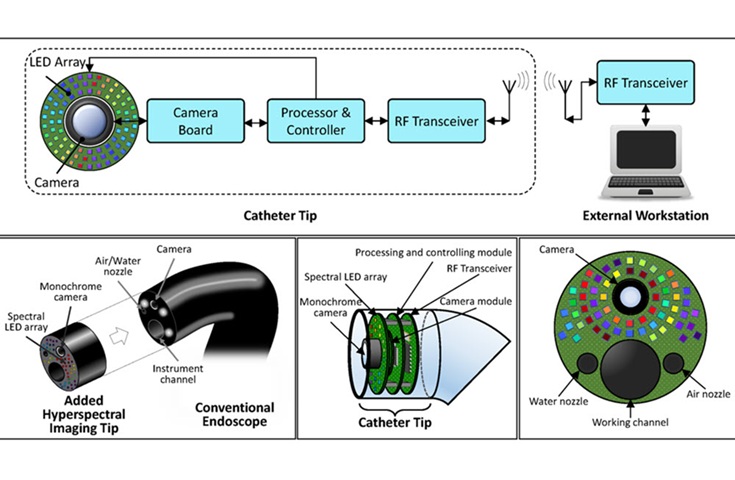
LED-Based Imaging System Could Transform Cancer Detection in Endoscopy
Gastrointestinal cancers remain one of the most common and challenging forms of cancer to diagnose accurately. Despite the widespread use of endoscopy for screening and diagnosis, the procedure still misses... Read more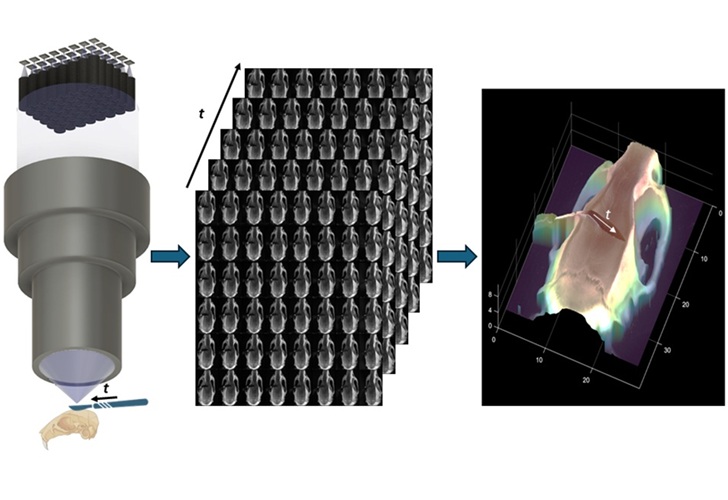
New Surgical Microscope Offers Precise 3D Imaging Using 48 Tiny Cameras
Surgeons have long relied on stereoscopic microscopes to gain depth perception during delicate procedures, but this method has limitations. While these microscopes provide a sense of three-dimensionality,... Read morePatient Care
view channel
Revolutionary Automatic IV-Line Flushing Device to Enhance Infusion Care
More than 80% of in-hospital patients receive intravenous (IV) therapy. Every dose of IV medicine delivered in a small volume (<250 mL) infusion bag should be followed by subsequent flushing to ensure... Read more
VR Training Tool Combats Contamination of Portable Medical Equipment
Healthcare-associated infections (HAIs) impact one in every 31 patients, cause nearly 100,000 deaths each year, and cost USD 28.4 billion in direct medical expenses. Notably, up to 75% of these infections... Read more
Portable Biosensor Platform to Reduce Hospital-Acquired Infections
Approximately 4 million patients in the European Union acquire healthcare-associated infections (HAIs) or nosocomial infections each year, with around 37,000 deaths directly resulting from these infections,... Read moreFirst-Of-Its-Kind Portable Germicidal Light Technology Disinfects High-Touch Clinical Surfaces in Seconds
Reducing healthcare-acquired infections (HAIs) remains a pressing issue within global healthcare systems. In the United States alone, 1.7 million patients contract HAIs annually, leading to approximately... Read moreHealth IT
view channel
Printable Molecule-Selective Nanoparticles Enable Mass Production of Wearable Biosensors
The future of medicine is likely to focus on the personalization of healthcare—understanding exactly what an individual requires and delivering the appropriate combination of nutrients, metabolites, and... Read more
Smartwatches Could Detect Congestive Heart Failure
Diagnosing congestive heart failure (CHF) typically requires expensive and time-consuming imaging techniques like echocardiography, also known as cardiac ultrasound. Previously, detecting CHF by analyzing... Read moreBusiness
view channel
Bayer and Broad Institute Extend Research Collaboration to Develop New Cardiovascular Therapies
A research collaboration will focus on the joint discovery of novel therapeutic approaches based on findings in human genomics research related to cardiovascular diseases. Bayer (Berlin, Germany) and... Read more








